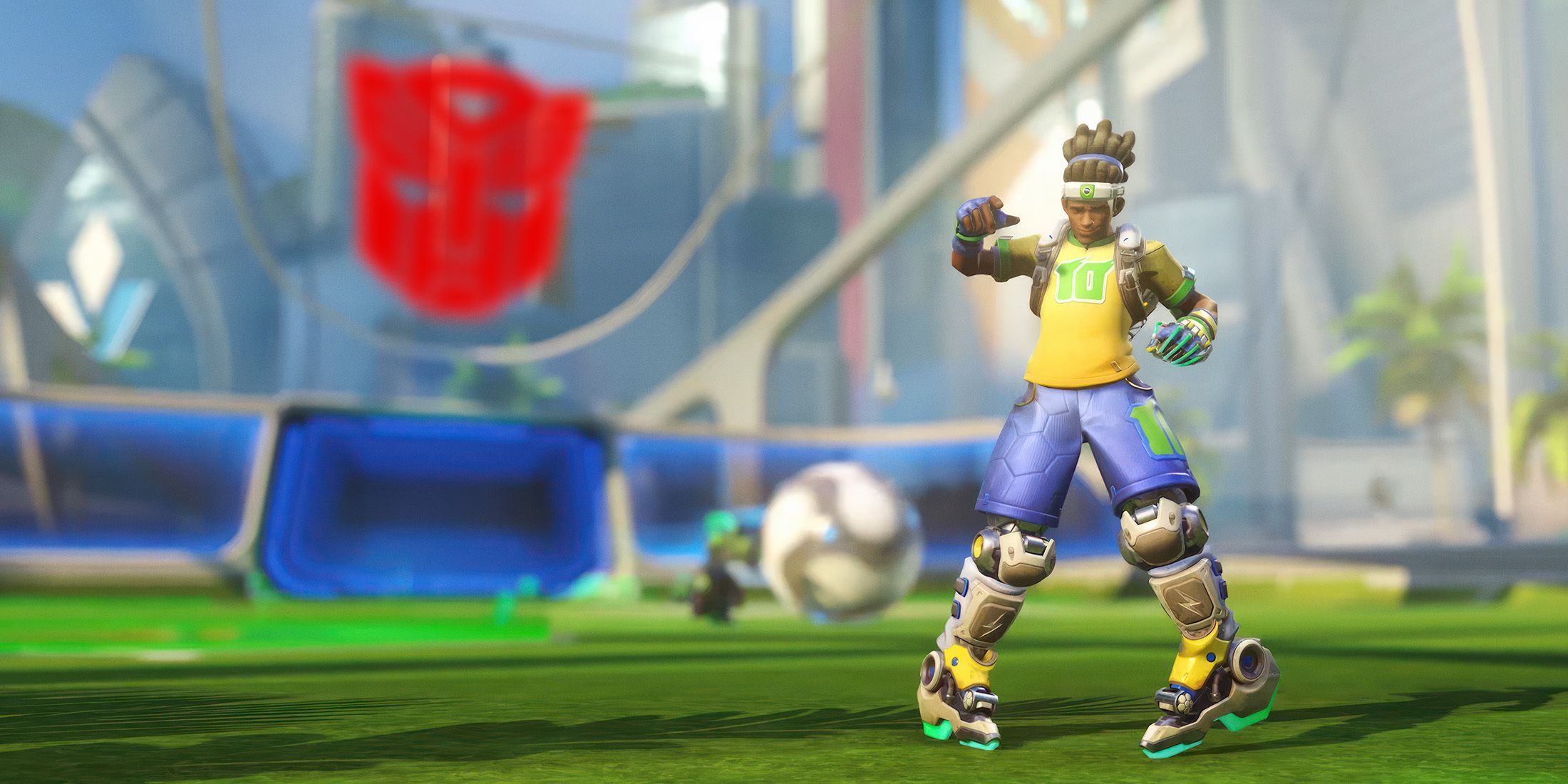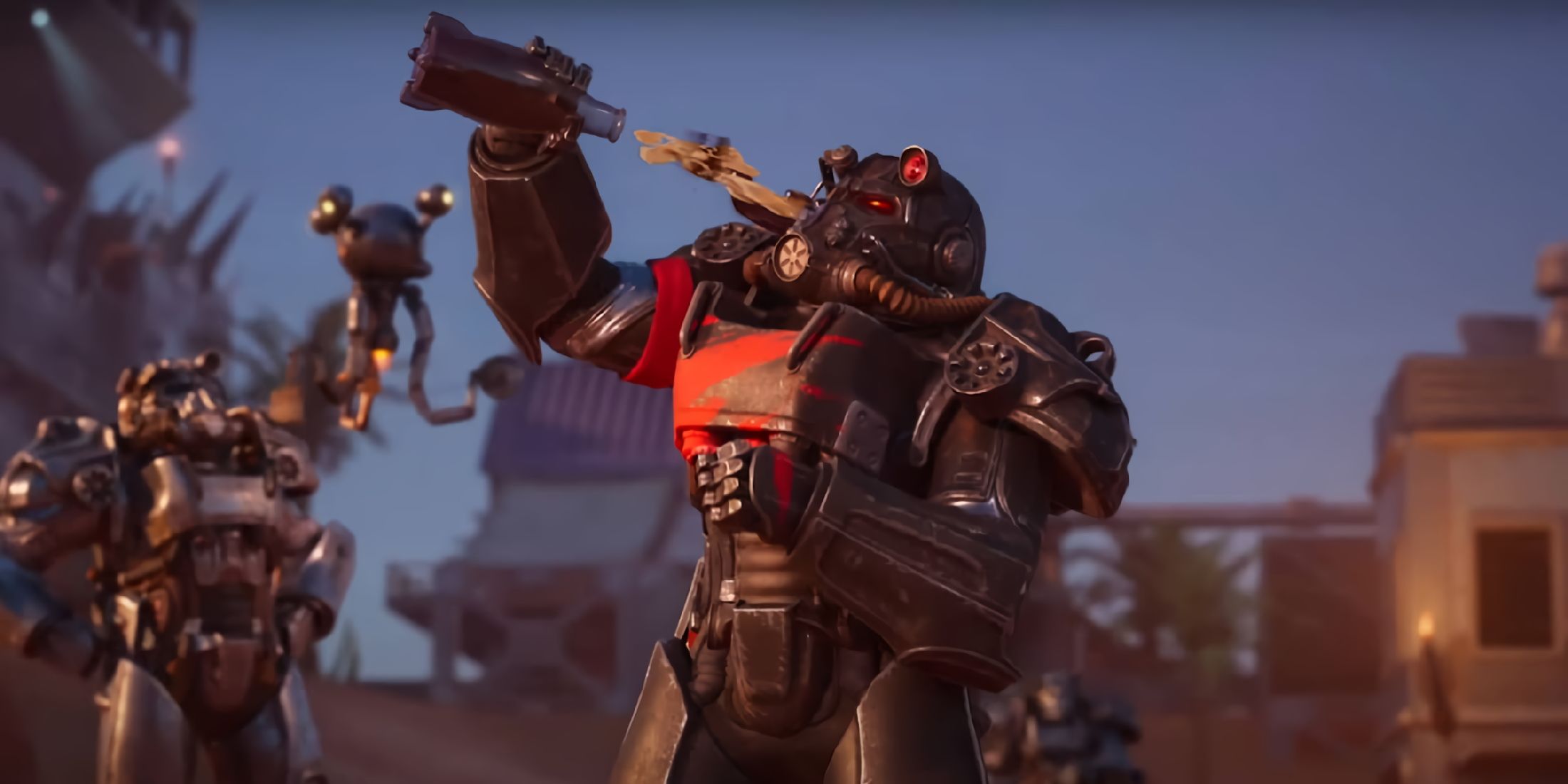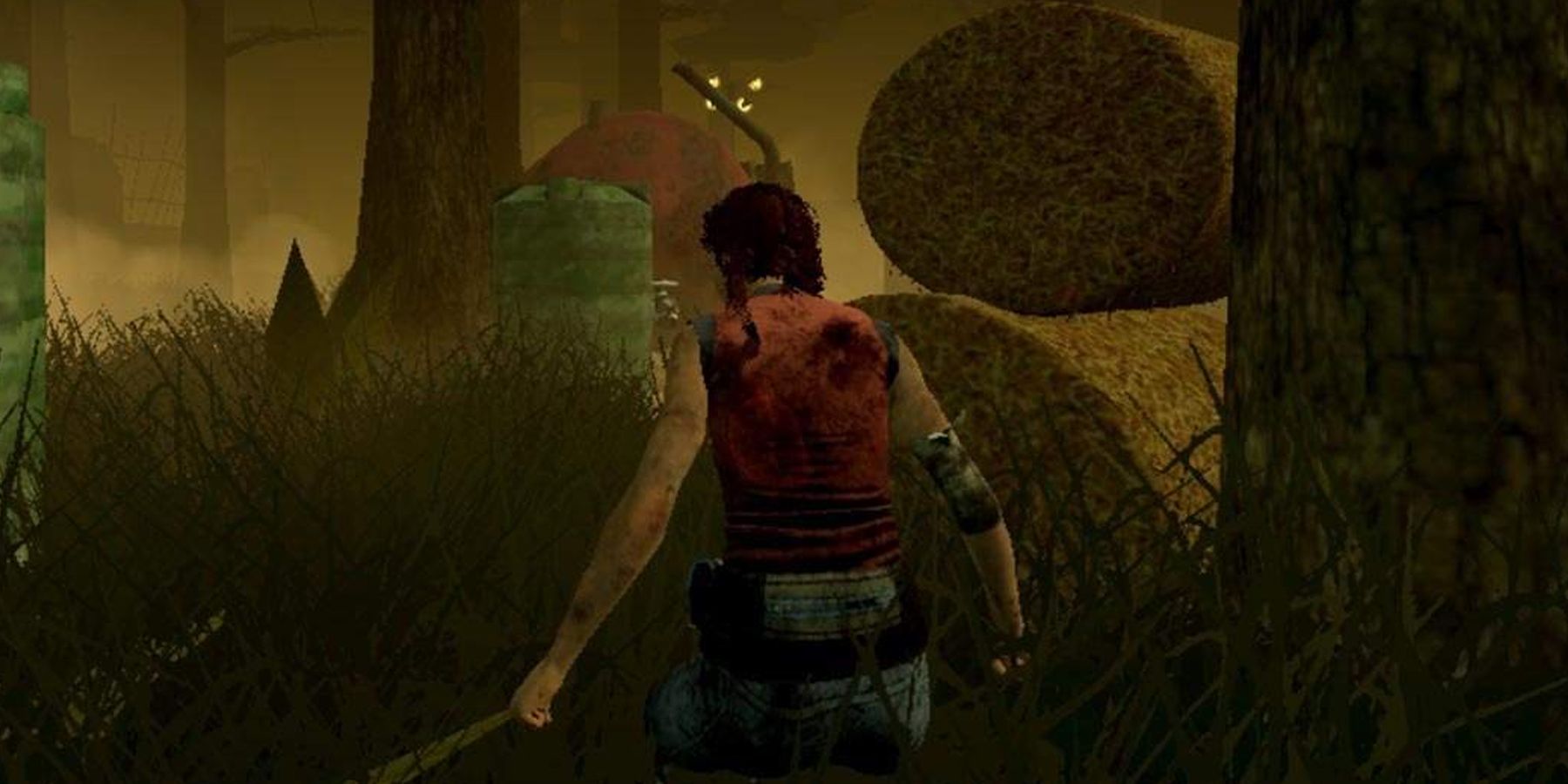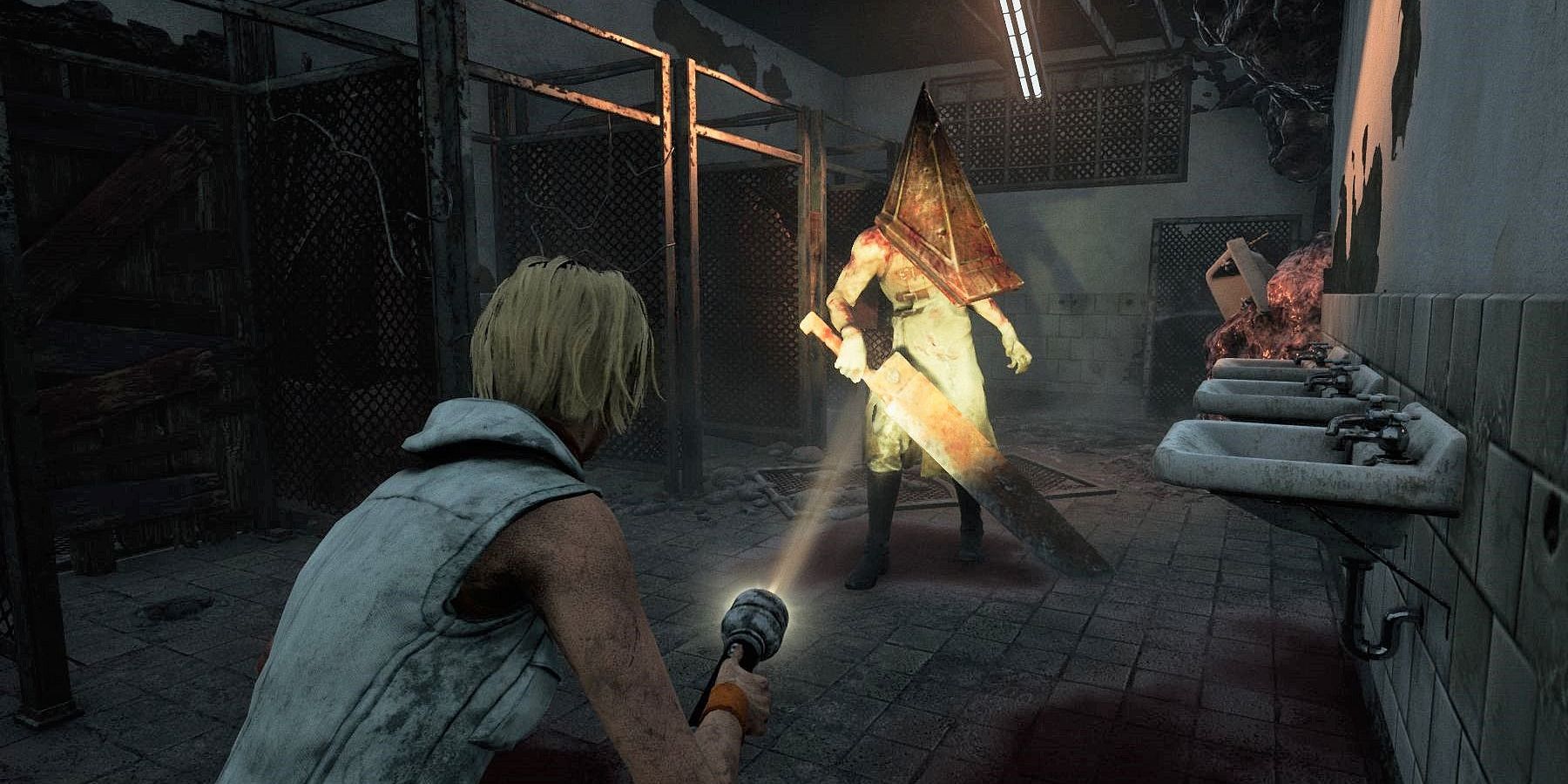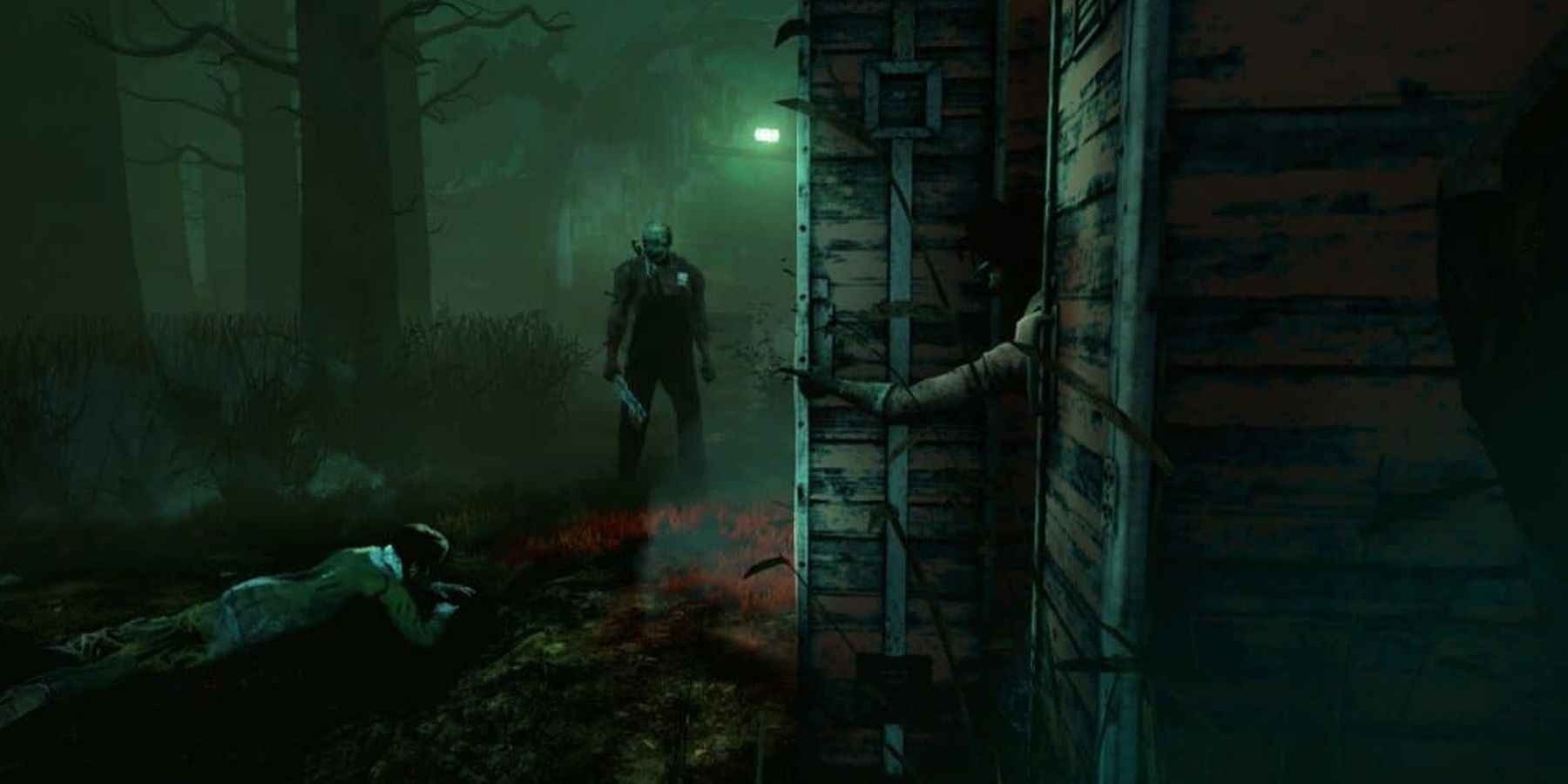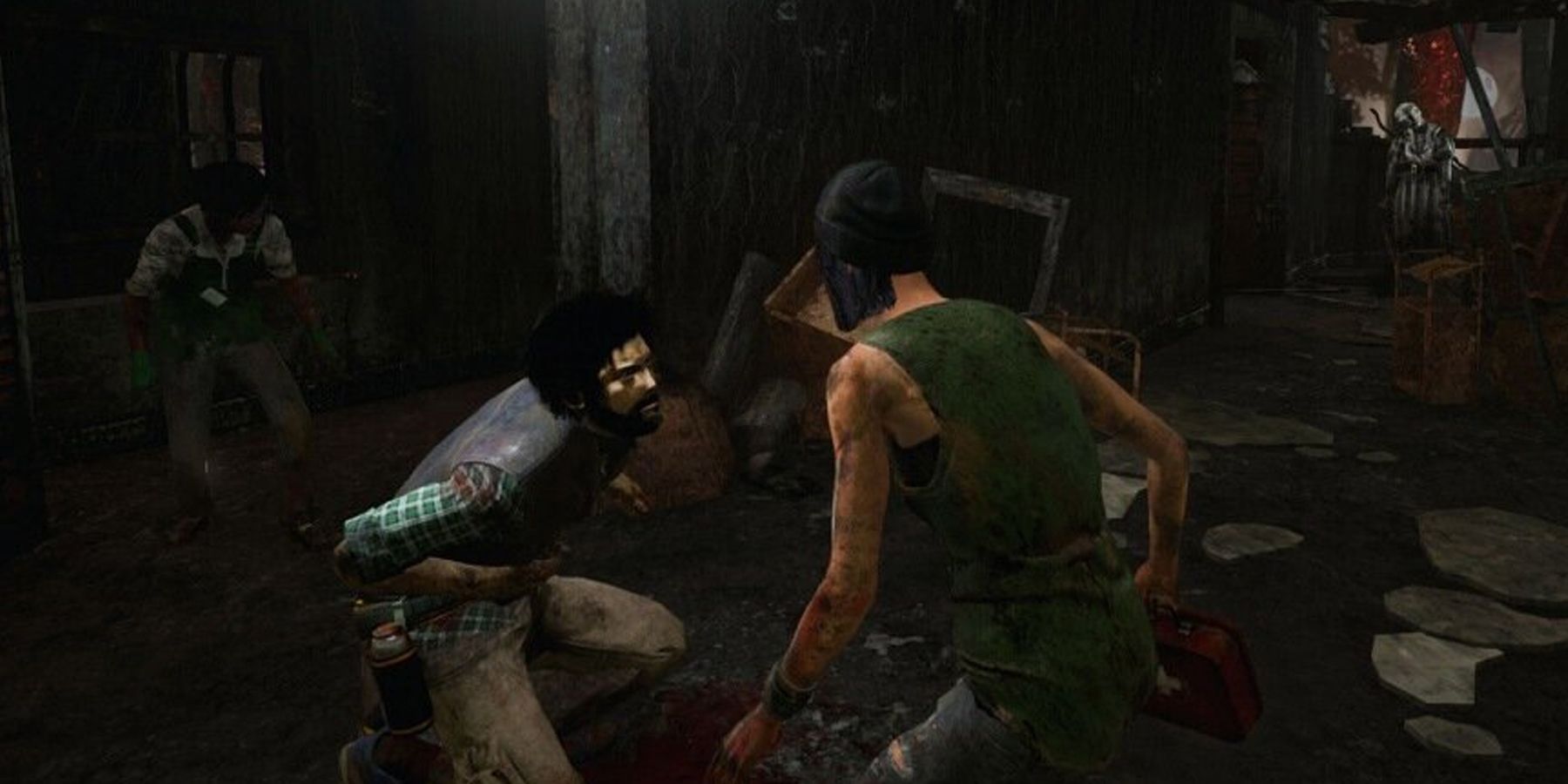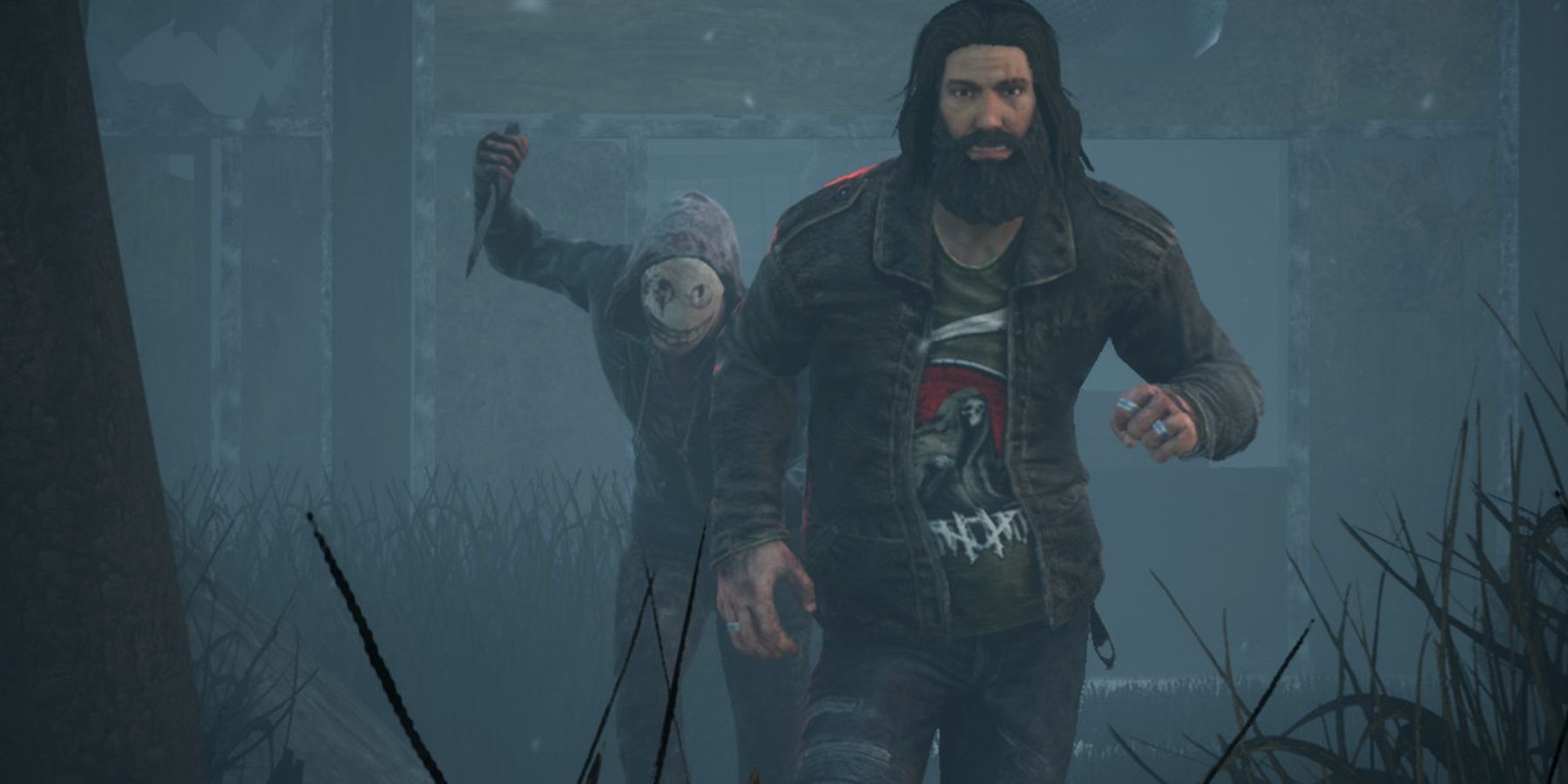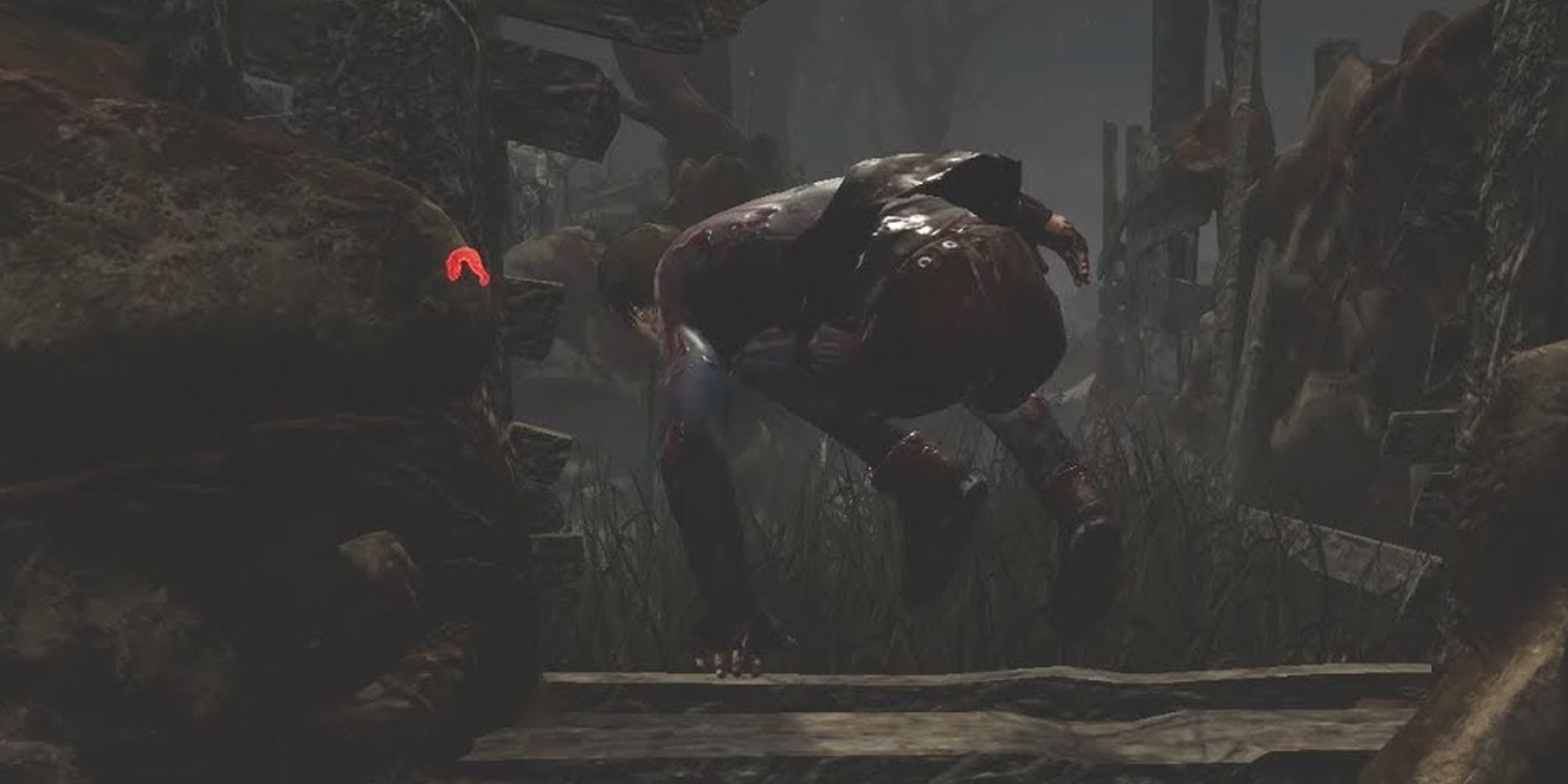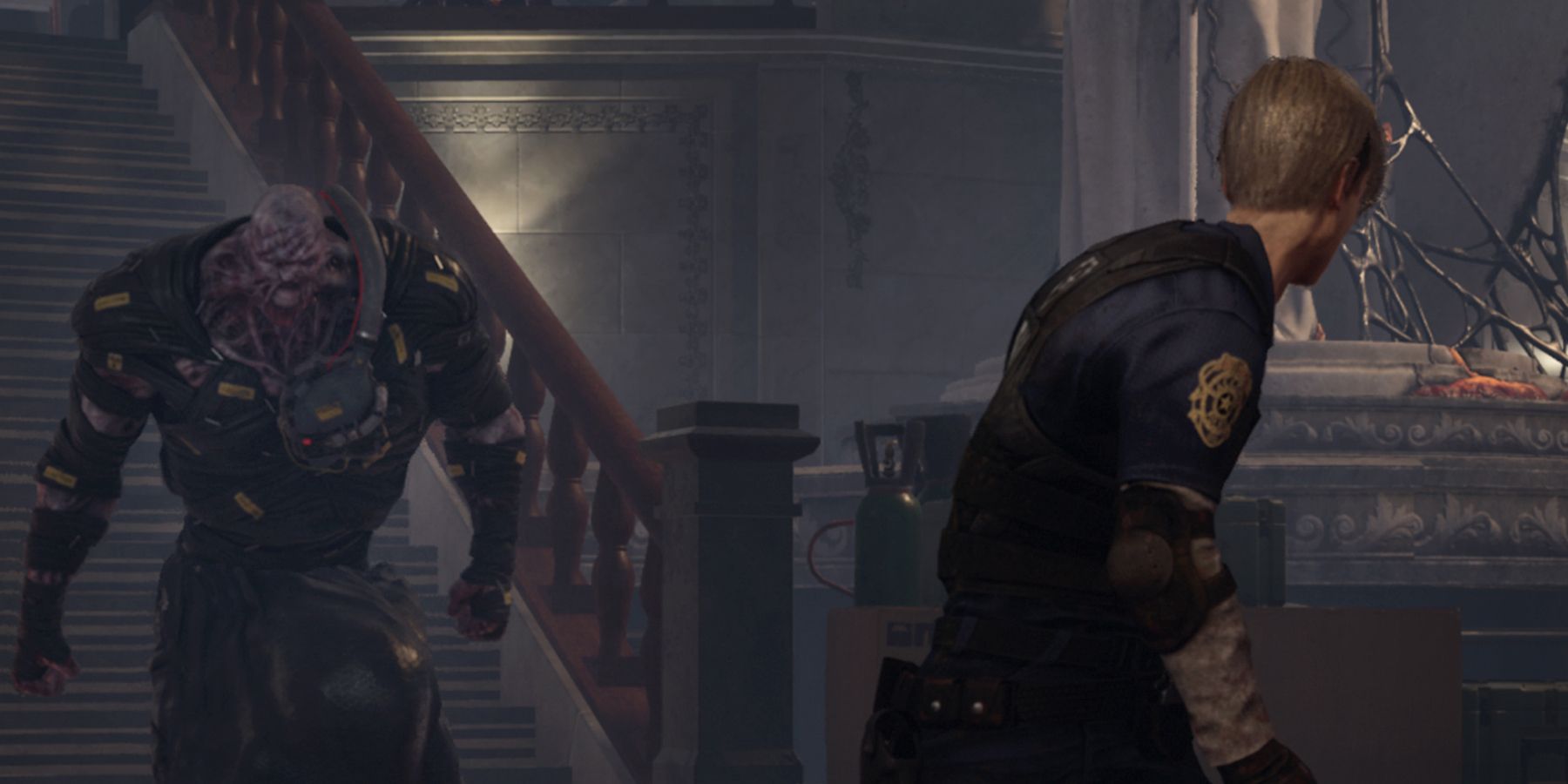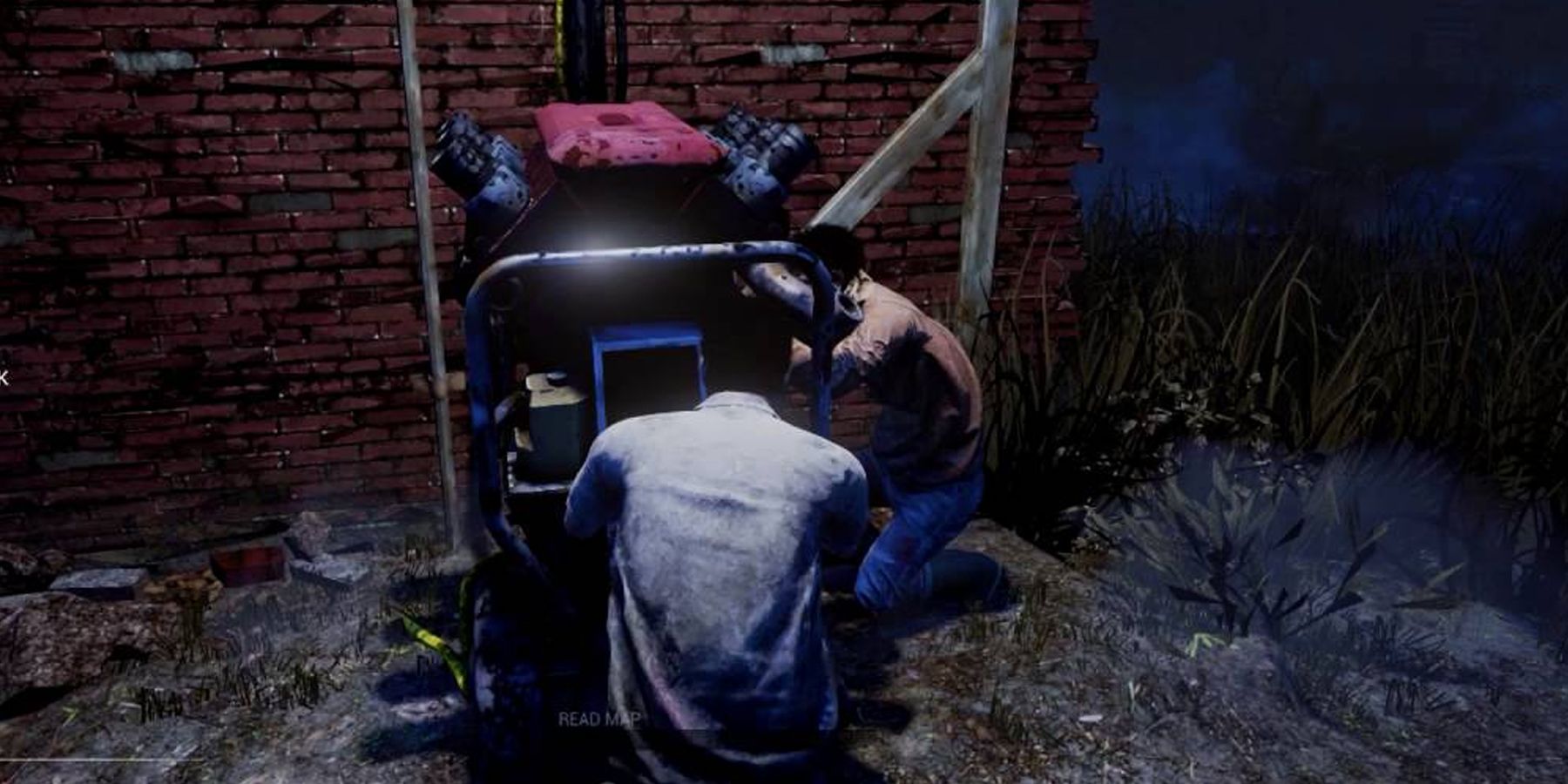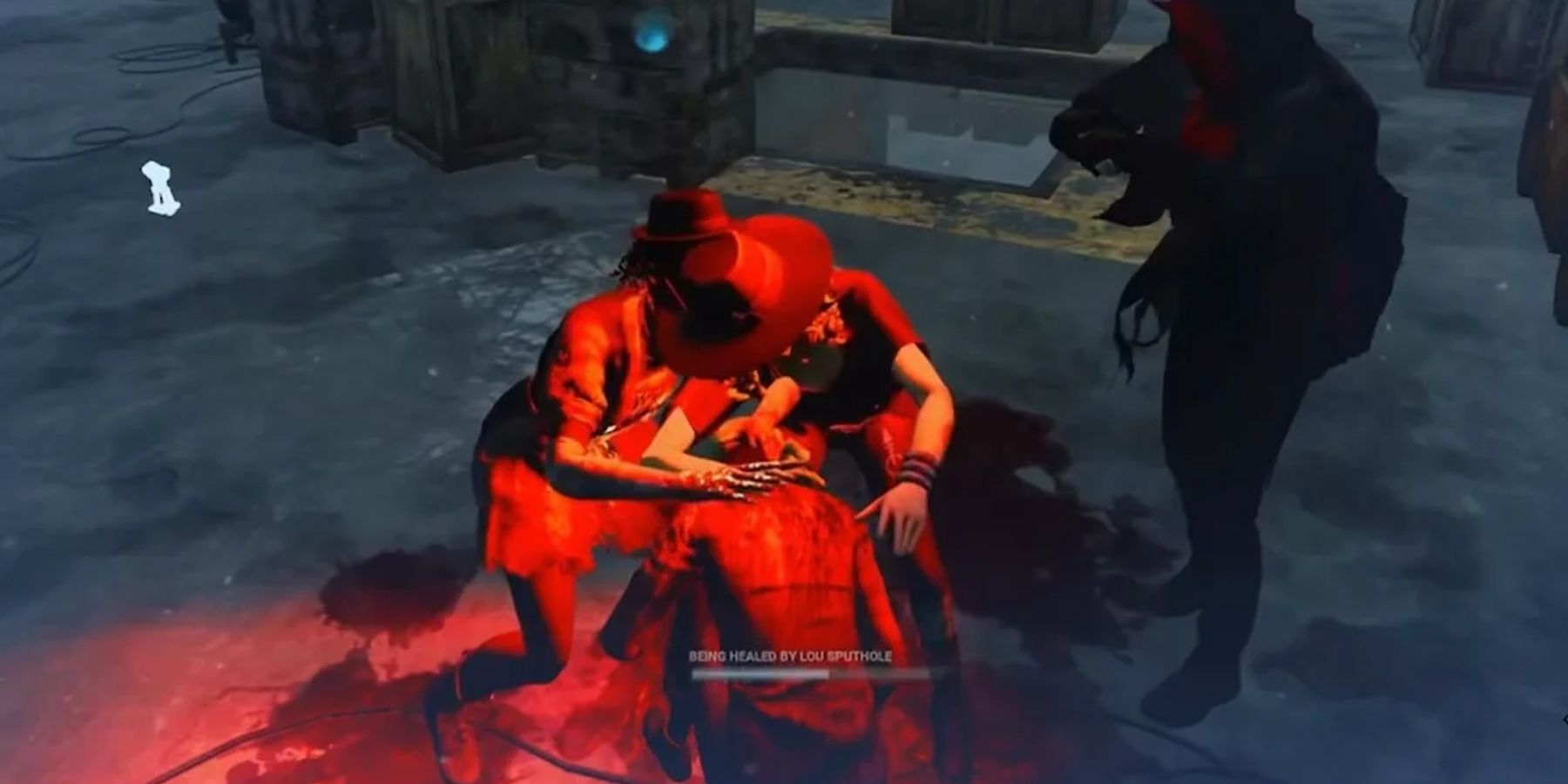Horror fans rejoice in the sheer terror in Dead By Daylight, as this cooperative survival horror title is by far the most accurate translation of a horror movie in a video game. After all, this 4-versus-1 title pits an impossibly-strong Killer with the task of killing a team of four Survivors before they get to escape the map.
And to beat impossible odds, players who love Survivors in Dead By Daylight spend hours optimizing their builds - coming up with unique tactics, movement strategies, and even “roles” akin to MMO classes just to optimize their setup. For players who want to ensure their team’s survival, they might want to create a Support Survivor. However, just how exactly can they approach this?
9 Purpose Over Survival
Whereas most Survivors just choose the best Perks to maximize their chances of survival in any given round, Support Survivors are almost always more effective when focusing on a particular purpose. This is because Perks not only emphasize a particular playstyle but also enhance particular elements of that playstyle, albeit at the expense of other traits. Some common Support Survival playstyles include:
- Speed Focus: This involves focusing on getting as much speed as possible, perfect for baiting Killers - even extremely mobile ones - in a loop. Some variations of these strategies include giving boosts when doing actions such as vaulting, which can annoy Killers even more.
- Gen Rushing: This involves focusing on securing Generator repairs as fast as possible, which means using Perks that provide buffs specifically for Generator repairs.
- Durability: This involves having enough buffs to recover from otherwise impossible situations, especially when there’s a need to make a last stand or a last stretch.
- Healing: This involves making use of Perks that give heals or boost healing, which means the priority here is to get to allies in need of aid as soon as possible.
- Killer Debuffing: This involves cleansing Totems in order to ruin the Killers’ overall tempo, especially if their Powers heavily involve using Totems to gain advantages.
8 Keep An Eye Out For The Killer More Than Ever
Unlike other Survivors that just need to avoid the Killer, the purpose-focused builds of Support Survivors mean they need to be on the lookout for the Killer more often. This is because they’re not just entirely avoiding the Killer, but ensuring that they get to fulfill their roles while keeping the Killer at bay.
This is more felt by Support Survivors that focus on healing and Generator rushing. In the case of the latter, Support Survivors need to ensure they secure Generators as fast as possible. Meanwhile, healers need to make sure they get their teammates in tip-top condition just in time to escape the Killer’s clutches.
7 Adapt To Killer Strategies At All Times
In addition to just keeping an eye out for the Killer, another essential strategy for hopeful Support Survivors is to adapt to Killer strategies more often. Whereas most Survivors focus on keeping themselves alive, Support Survivors need to adapt to an enemy’s strategy to make sure they fulfill their roles properly. Killer strategies to watch out for are:
- Long-ranged attacks: Some Killers have long-ranged attacks that compensate for their focus on melee. For instance, the Artist has her Dire Crows that can bypass obstacles and reveal Survivor positions. Support Survivors need to take note of these.
- Target prioritization: Some Killers become enticed to follow a particular Survivor, especially if they’re gravely wounded, for the sake of eliminating them quickly. Support Survivors should think about whether now’s a good time to bypass the Killer and become a scapegoat or allow that injured Survivor to buy time for the team to do something else.
- Generator strategies: A lot of Killers have methods of detecting whether Survivors are tinkering with Generators, and Support Survivors need a strategy to counter a Killer’s ability to detect or hinder Generator repairs.
- Pellet distribution: Since Killers can destroy Pellets that obstruct their path, this gives players a limited number of Pellets they can utilize throughout the map. They need to take note of when is the best time to use them to maximize their full potential.
6 Detection Is Paramount For Survival
Support Survivors who want to focus on scouting for the team should probably get Perks that emphasize their ability to detect various objects. When used properly, a Support Survivor on comms can give everyone a heads-up regarding the status of various things they’re monitoring, which can greatly boost the team’s odds of survival. Here are some ideal Perks for a Support Survival that wants to focus on detecting various objects in the map:
- Small Game (All Characters): Looking at the direction of a Totem gives players an auditory warning. Cleansing Totems will give this Perk one token, with each token decreasing the angle of the detection radius.
- Detective’s Hunch (David Tapp): Completing a Generator will give players a view of Totems, chests, and other Generators within a particular radius for a few seconds. When holding a Map, the objects become tracked as well.
- Counterforce (Jill Valentine): Cleansing Totems happen 20-percent faster, as well as obtaining a stackable 20-percent speed bonus. Players can also see the aura of the farthest Totem, albeit for a few seconds.
5 Speed Gives Way To Better Scapegoating
Support Survivors who want to focus on luring Killers away from teammates and other objectives could greatly benefit from a speed-reliant build. These need Perks that incentivize actions through speed buffs, motivating Support Survivors to meet various objectives in order to get relevant speed buffs that could help make risky chases more rewarding. Here are ideal Perks to get Support Survivors up and running more efficiently:
- Resilience (All Survivors): Players who are injured can get up to a 6% increase in actions such as repairing, healing, unhooking, vaulting, cleansing, gate opening, and chest searching.
- Spine Chill (All Survivors): This Perk activates when Killers are looking at a Survivor. While active, this Perk increases the speed of actions such as healing, Generator repairs, Exit Gate opening, chest searching, vaulting, and unhooking. However, this comes at a cost of skill check odds having a 10% difficulty boost, while success zones get a 10% reduction.
- Fixated (Nancy Wheeler): Players walk up to 20% faster than usual, and they can see their own scratch marks.
- Sprint Burst (Meg Thomas): Sprinting gives players a 150% running speed boost for up to 3 seconds. However, this Perk becomes exhausted immediately after usage.
4 Chase Straight Into The Action
Support Survivors who want a more active chase can lure Killers into a loop involving quite the annoying obstacles, such as vaulting and pulling down Pellets. When used properly, this can confuse Killers and even make them waste more time with the chase, which can get extremely frustrating. In order to maximize this build, Support Survivors might want to use these Perks:
- Lightweight (Al Survivors): Player scratch marks disappear 3 seconds faster.
- Quick and Quiet (Meg Thomas): Loud noise notifications that are usually associated with locker entry and exit, as well as vault rushing, are now completely nullified.
- Dance With Me (Kate Denson): Players no longer leave scratch marks for the next 3 seconds when performing rushed actions, such as locker exits and window vaulting.
- Lithe (Feng Min): Players will get a 150% running speed boost for 3 seconds when performing a rushed vault. After usage, the Perk becomes exhausted.
3 Durability Gives More Hope For Escape
Support Survivors can defeat insurmountable odds for as long as they’re able to move, and sometimes the best Perks can give Survivors the best in terms of resiliency provided they combine them properly. Thankfully, Support Survivors who want to focus on durability builds can do more even in critical situations, especially since they can turn the tide of battle when Killers think they’ve been permanently out of commission.
- Power Struggle (Elodie Rakoto): Players carried by the Killer can activate this Perk once they reach 25 to 35% of wiggling progression. This activates fully when there’s a standing Pallet nearby, as the carried player can use this to stun the Killer and escape their grasp.
- Tenacity (David Tapp): When recovering from injuries, players can also crawl up to 50% faster.
- Inner Strength (Nancy Wheeler): Cleansing a Totem will let players automatically heal one Health state should they hide inside a locker for a few seconds. This works when suffering from a Deep Wound or if Injured.
- Flip-Flop (Ash Williams): Players in a Dying State get half of their recovery into wiggling progression after the Killer picks them up.
- Unbreakable (BIll Overbeck): Players can recover completely from a Dying State once per trial. Moreover, the player gets a recovery speed boost of up to 35%.
2 Generator Rushing Is Still Paramount
Support Survivors who want to focus on the objective at hand can create a build precisely to speed up their Generator repair efforts. With the right approach and the right set of Perks, a Support Survivor can rotate Generators without being caught, or motivate other Survivors to get the Killer in loops while they secure the exit. Recommended Perks for this particular build are the following:
- Stake Out (David Tapp): If within the Killer’s terror radius but not in a chase, players can get up to four tokens. Players consume one token when they pull off a Good skill check while repairing, and that progress transforms into a Great check.
- Prove Thyself (Dwight Fairfield): Survivors around the player get a 15% repair speed boost. This is stackable.
- Repressed Alliance (Cheryl Mason): Players activate this Perk when repairing a Generator for a certain amount of time. Pressing the Active Ability button will summon the Entity to lock the Generator, preventing Killers from ruining the repair progress.
1 Healing Gives Everyone A Fighting Chance
Support Survivors reach the epitome of supporting teammates when they focus entirely on healing them and assisting them in dire situations. This is essential, especially in do-or-die moments like chases, or when Killers manage to hook one or more of the teammates. Thankfully, the right Perks will be able to allow Support Survivors to aid their teammates in these clutch situations. Here are recommended Perks to secure a Support Survivor’s potential as a healer:
- Botany Knowledge (Claudette Morel): Players get a boost in healing item efficiency and healing speed.
- Leader (Dwight Fairfield): This Perk boosts the other Survivors’ speed when it comes to cleansing, healing, Exit Gate opening, chest searching, sabotaging, and unhooking.
- Borrowed Time (Bill Overbeck): If players unhook a Survivor within a Killer’s terror radius, that Survivor gets a Deep Wound when hit instead of being back in the Dying State.
- For The People (Zarina Kassir): At full health, players can press the Active Ability to instantly heal an ally from the Dying State to the Injured State, and from Injured State to the Healthy State. In exchange, players take on their pain and become Broken for 110 Seconds.
Dead By Daylight was released in June 2016 and is currently playable on the PC, PS4, PS5, Xbox One, Xbox Series X/S, Nintendo Switch, Google Stadia, iOS, and Android.

